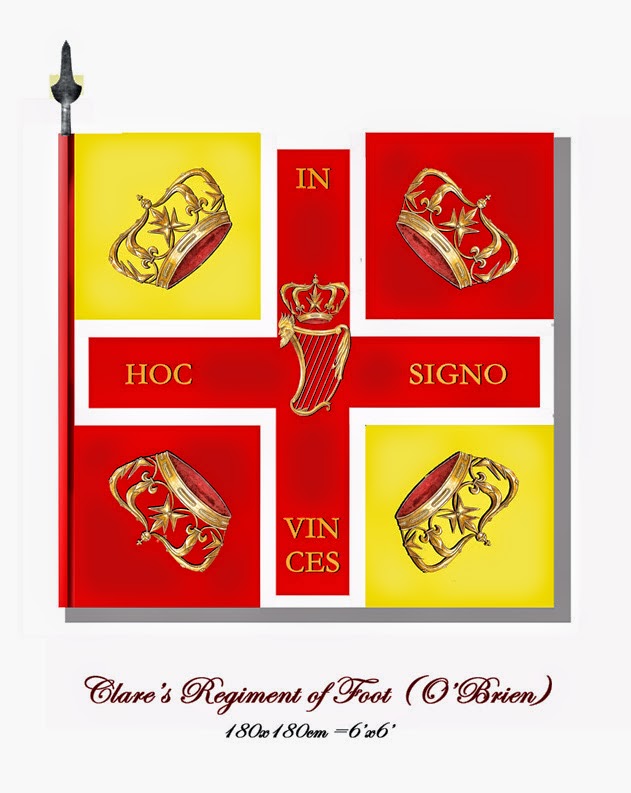The Battle of Ballyshannon 1597
The Battle of Ballyshannon 1597
|
Introduction
| English retreat, © 2015 |
My first task was to establish where everything was, the castle, Assaroe Abbey, Assaroe falls, the old ford, Samer island etc. From this i was able to establish different vantage points and likely points of view, then what is visible and not, that way creating ideas for possible compositions and designs cross referencing my photos, my notes and the historical accounts.
One of the most informative pieces of reference i came across while researching the battle, was the fantastic 1770s townscape painting of Ballyshannon by Thomas Roberts (1748-1777). This clearly shows the look of Ballyshannon would have had before it was altered by development. I was able to use this to pinpoint areas of interest (in red) and see the river in its full glory above the falls.
Seán Ó' Brógáin © 2015 |
Seán Ó' Brógáin © 2015 |
Seán Ó' Brógáin © 2015 |
Seán Ó' Brógáin © 2015 |
Seán Ó' Brógáin © 2015 |
Seán Ó' Brógáin © 2015 |
Seán Ó' Brógáin © 2015 |
Seán Ó' Brógáin © 2015 |
Seán Ó' Brógáin © 2015 |
Seán Ó' Brógáin © 2015 |
Seán Ó' Brógáin © 2015 |
Seán Ó' Brógáin © 2015 |
Model with figures & drawing for structural shadows and light, Seán Ó' Brógáin © 2015 |
The Final Composition
Below are a series images, showing the progression of the painting. You'll see the changes and adjustments at different stages. There are a number of amendments, which the reader can see. These changes occur either with the adding of colour thus changing the overall look of the composition or just a brainwave.
The main idea i had was to give the viewer a sense of the frenetic energy, chaos or what it may have been like, to be amongst the English & their Irish allies attacking the castle. Although the first sketch looks very different from the final piece, the basic concept stayed the same, a wave of men heading for the walls.
| final compositional cartoon, Seán Ó' Brógáin © 2015 |
|
some additions to the composition, Seán Ó' Brógáin © 2015
|
|
additions to the composition, Seán Ó' Brógáin © 2015
|
|
more colour adjustments to the composition, Seán Ó' Brógáin © 2015
|
|
|
Further Reading (this is not an extensive list)
- https://en.wikipedia.org/wiki/Tower_houses_in_Britain_and_Ireland
- https://en.wikipedia.org/wiki/Flanking_tower
- https://en.wikipedia.org/wiki/Conyers_Clifford
- https://www.facebook.com/Ballyshannonmuseum/
- https://en.wikipedia.org/wiki/Hugh_Roe_O%27Donnell
- https://en.wikipedia.org/wiki/Nine_Years%27_War_(Ireland)
- https://en.wikipedia.org/wiki/Hugh_O%27Neill,_Earl_of_Tyrone
- https://en.wikipedia.org/wiki/Tibbot_ne_Long_Bourke,_1st_Viscount_Mayo
- https://en.wikipedia.org/wiki/O%27Connor_Sligo
- https://en.wikipedia.org/wiki/Hugh_Maguire_(Lord_of_Fermanagh)
- https://archive.org/details/annalsofkingdomo06ocleuoft/page/2024/mode/2up?view=theater&q=2025
- The Nine Years War, Dr, James O Neill, Four courts press. ISBN: 978-1-84682-754-9
- Red Hugh O' Donnell, Darren McGettigan, Four Courts Press ISBN: 978-1-85182-887-6
- https://www.enniskillencastle.co.uk/fermanagh-stories/the-maguire-story
- https://www.academia.edu/39576270/The_location_of_the_Battle_of_the_Erne_Fords_Belleek_County_Fermanagh_10_October_1593
|
|



